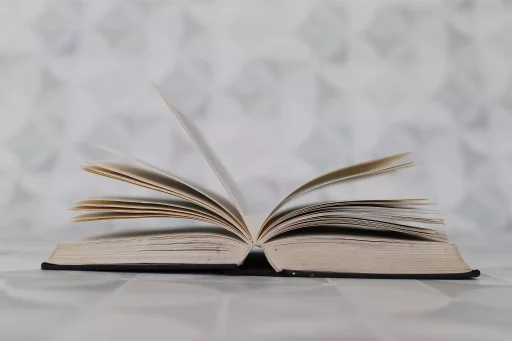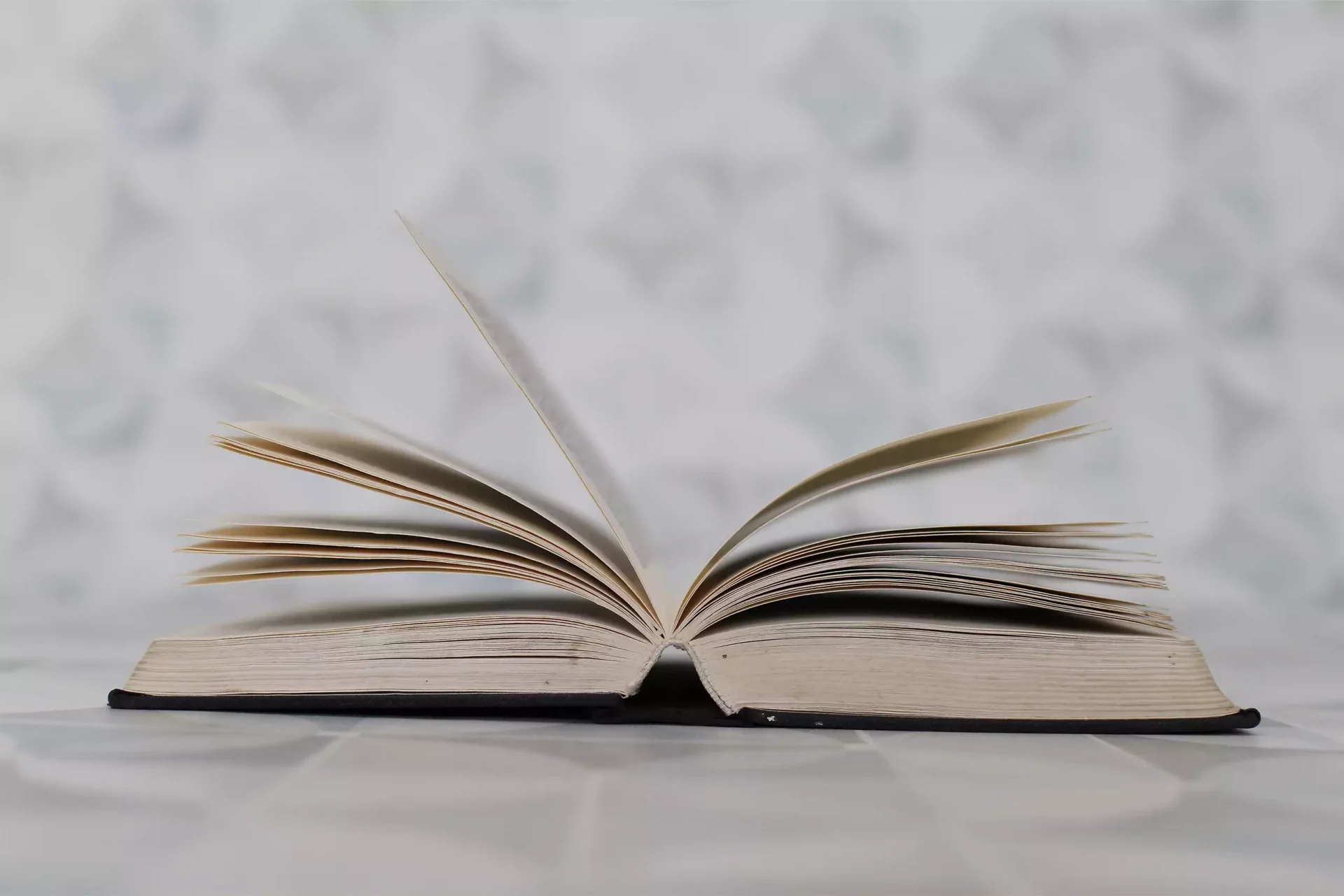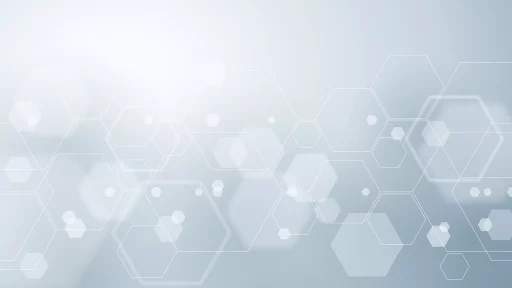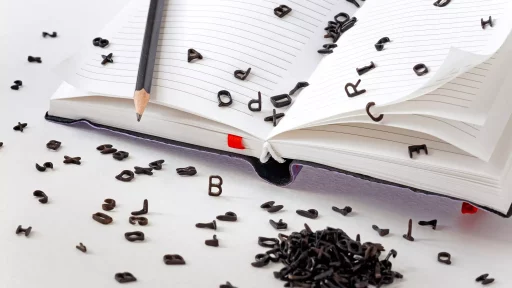Introduction to Erasers
Erasers are a common stationery item found in classrooms, offices, and homes around the world. They have been essential tools for correcting mistakes on paper, allowing for a cleaner and neater writing process. But have you ever wondered what they are made of? This article will explore the materials that make up erasers, their history, and even the innovation behind them.
The History of Erasers
The history of erasers dates back to the 18th century. The first known eraser was made from natural rubber, which was discovered to be useful for removing graphite marks from paper. Before this invention, people used various materials such as bread or cloth to correct their writing. The rubber eraser came to be a staple in the writing instruments box, evolving both in form and function.
Common Materials Used in Erasers
- Natural Rubber: The original material used in erasers, natural rubber is flexible and effective at removing pencil markings.
- Vinyl (PVC): Many modern erasers are made from PVC, which offers durability and a firmer texture for precision erasing.
- Thermoplastic Rubber (TPR): This synthetic material provides excellent performance and is often used in high-quality erasers.
- Foamed Rubber: This variant is often used for specialized erasers, providing a unique finish while erasing without damaging the paper.
- Latex: Commonly found in softer erasers, latex blends create a balance between effectiveness and gentleness on the paper.
Types of Erasers and Their Materials
There are several types of erasers, each formulated for different purposes:
- Pencil Erasers: Typically made from PVC or rubber, these are often found at the end of pencils and offer smooth erasing capabilities.
- Art Erasers: Artists often use kneaded or vinyl erasers that can be shaped and molded to remove graphite cleanly and without residue.
- Pink Pearl Eraser: This iconic type, known for its pink color, is made from a blend of rubber and PVC and is favored for its firmness and efficiency in erasing.
- Electric Erasers: These are battery-operated tools that often feature latex or silicone materials designed to handle heavier erasing tasks.
Case Studies: The Impact of Erasers in Education
A study conducted by the American Educational Research Association found that students who use high-quality erasers show improved performance in writing assignments. The ability to erase mistakes quickly and efficiently reduces frustration and encourages the writing process.
Additionally, a survey conducted across several schools revealed that:
- 85% of students preferred using vinyl or thermoplastic rubber erasers for their ability to handle fine details.
- 70% noted that erasers that smudge less are essential for maintaining clean work.
Statistics on Eraser Usage
According to a report from the International Stationery Association, the global eraser market is projected to reach over $500 million by 2025. A significant factor contributing to this growth is the rising use of eco-friendly materials in stationery products.
Statistics indicate that:
- More than 60% of consumers are now choosing products made from sustainable materials.
- Sales of eco-friendly erasers have increased by 25% in the past three years.
Innovations in Erasers
The eraser industry is continuously evolving, with innovations introducing materials that are not only effective but also environmentally friendly. Companies are now investing in biodegradable options made from natural rubber and other sustainable materials, appealing to eco-conscious consumers.
Conclusion
Erasers are more than just simple tools; they are pivotal components in the world of education, art, and everyday writing tasks. Understanding what erasers are made of helps us appreciate their role in promoting creativity and learning while also pushing towards a more sustainable future. As manufacturers innovate, the next generation of erasers promises to be even more effective and environmentally friendly.




